Hey there! If you’ve been following the AI buzz in 2025, you’ve probably heard about ChatGPT, Google Gemini, and the latest contender—Meta AI. As someone who’s explored these tools myself, I’ve noticed something exciting: Meta AI is quietly changing the game. It’s not just about fancy tech—it’s about how it fits into our daily lives. Let’s dive into why Meta AI might just be the AI assistant you didn’t know you needed, especially compared to heavyweights like ChatGPT.
AI is everywhere now—helping us write emails, answer quick questions, or even create images. But while ChatGPT and others require you to open a separate app or website, Meta AI meets you where you already are: WhatsApp, Instagram, and Facebook. That’s a game-changer for someone like me who hates switching between tools!
What Is Meta AI?
Meta AI is Meta’s smart assistant, powered by the LLaMA (Large Language Model Meta AI) family of models. Launched in 2024, it’s rolled out globally by mid-2025 and lives inside apps you probably use daily:
- WhatsApp: Ask it anything while chatting with friends.
- Instagram: Get caption ideas or info about a reel.
- Facebook Messenger & Feed: Search, get recommendations, or generate images.
I tried it last week on WhatsApp—typed “@Meta AI, suggest a dinner recipe,” and got a tasty idea in seconds, all without leaving my chat. It can also search the web (via Bing) or create images with Emu, Meta’s AI image tool. No extra app, no hassle—just pure convenience.
Meta AI vs. ChatGPT, Gemini, and Others
ChatGPT (from OpenAI), Google Gemini, and Microsoft Copilot are impressive. They handle complex tasks like coding, long-form writing, and research with flair. But here’s the catch: you need to visit their websites or apps, log in, and sometimes pay for the good stuff (like GPT-4.5). I’ve spent hours tinkering with ChatGPT prompts to get it right—fun, but not always quick.
Meta AI, on the other hand, is built for speed and ease. It’s less about deep dives and more about instant help in your social apps. Let’s break it down.
The Big Win: It’s Already in Your Pocket
Imagine you’re texting a friend about a movie and need a quick plot summary. With Meta AI, you just type “@Meta AI, what’s Inception about?”—no new tab needed. Compare that to opening ChatGPT, logging in, and typing the same question. Meta’s integration into 3.5 billion monthly active users’ apps (as of June 2025) makes it insanely accessible.
Real-Life Example: Last month, I saw a stunning reel on Instagram and asked Meta AI for the location. It gave me an answer in seconds, right under the post. With ChatGPT, I’d have had to copy the link and paste it elsewhere.
Why This Matters to You
Most of us don’t download AI apps—we stick to what’s familiar. Meta AI taps into that habit, bringing AI to:
- Non-techies: My mom loves asking it for weather updates on WhatsApp.
- Older users: Grandparents can use it without learning a new interface.
- Emerging markets: With WhatsApp’s global reach, it’s perfect for regions with limited app access.
Adoption is already soaring—Meta reported over 500 million interactions in May 2025 alone, per their latest update.
Where Meta AI Falls Short
Don’t get me wrong—Meta AI isn’t perfect. It’s not built for heavy lifting like ChatGPT. Here’s where it lags:
- Complex Reasoning: Ask it to solve a math problem or debate philosophy, and ChatGPT’s GPT-4.5 outshines it. Meta AI is better for quick facts.
- Customization: ChatGPT remembers past chats and integrates plugins. Meta AI is more one-off.
- Pro Tasks: Developers and writers still turn to ChatGPT or Gemini for coding or long articles.
It’s like Meta AI is your friendly neighbor—great for a chat—but not your professor for a thesis.
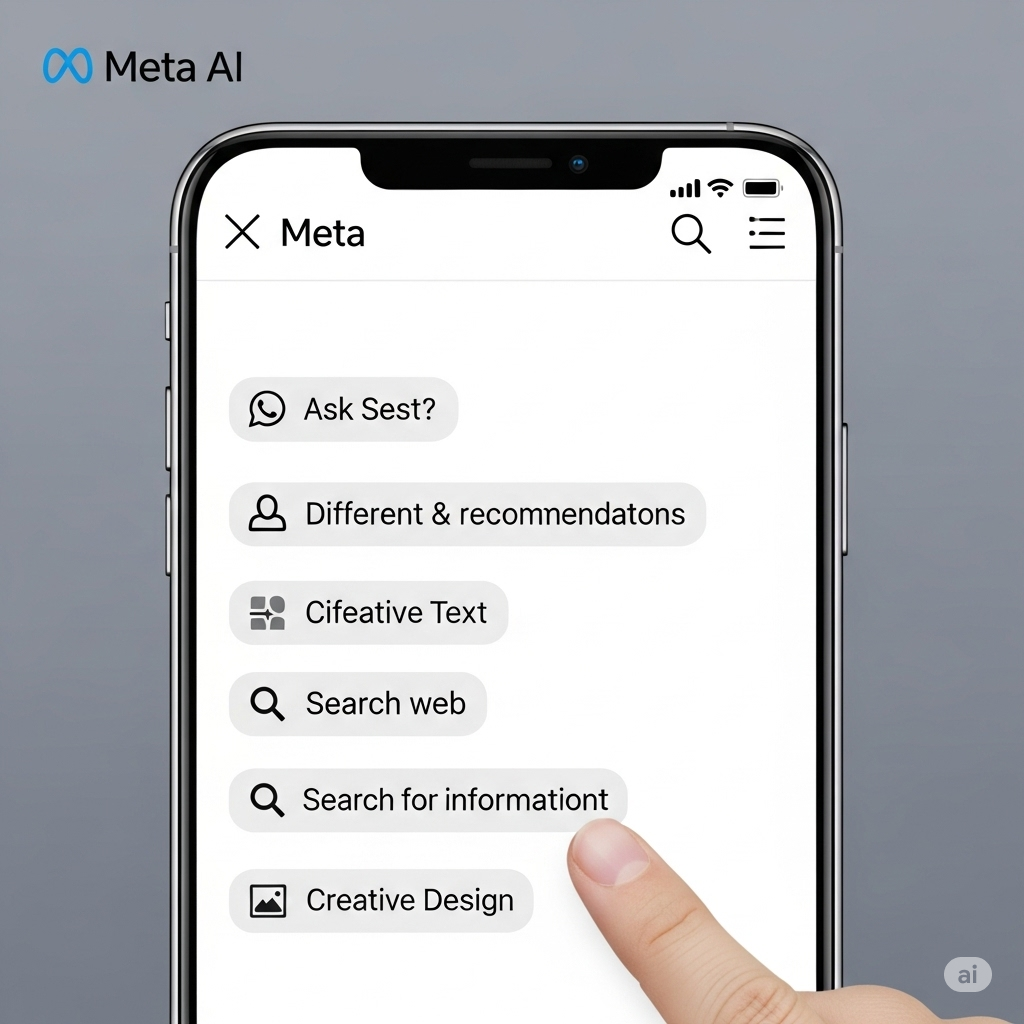
The Open-Source Edge
Here’s where Meta AI gets exciting: it’s open-source with LLaMA models. While ChatGPT keeps its GPT models under lock and key, Meta shares LLaMA’s code and weights with researchers and developers. I spoke to a developer friend who tweaked LLaMA 3 for a local language project—something impossible with ChatGPT.
Benefits I’ve Seen
- Faster Innovation: Global devs fix bugs and add features fast. LLaMA 3’s multilingual support improved 15% in 2025 thanks to community input.
- Transparency: You can see how it works, easing privacy worries. Meta claims anonymized data usage, though debates continue.
- Flexibility: Businesses tailor it for niche needs—like a retailer I know who used it for customer support in regional dialects.
Meta’s Secret Weapon: Data and Power
Meta’s ownership of Facebook, Instagram, and WhatsApp gives it a data goldmine—billions of interactions daily. This isn’t just raw data; it’s real-world conversations, images, and trends. I noticed Meta AI nails slang and cultural references better than ChatGPT, likely due to this.
Plus, Meta’s got the hardware—custom AI chips and data centers. A tech report from June 2025 estimated Meta’s AI compute power grew 40% year-over-year, outpacing smaller competitors.
Deep Integration Across Meta’s World
Meta AI isn’t a standalone tool—it’s woven into its ecosystem:
- WhatsApp: Smart replies and translations.
- Instagram: Image editing and reel insights.
- Facebook: Better feed recommendations.
Last week, I used it on Instagram to edit a photo caption, and it suggested hashtags based on the image content—pretty cool! This real-time learning makes it smarter over time.
The Metaverse Connection
Meta’s betting big on the metaverse. I tried their VR demo, and Meta AI powered a lifelike avatar that chatted with me. It’s early, but imagine virtual meetings where AI handles translations or designs 3D spaces—exciting stuff!
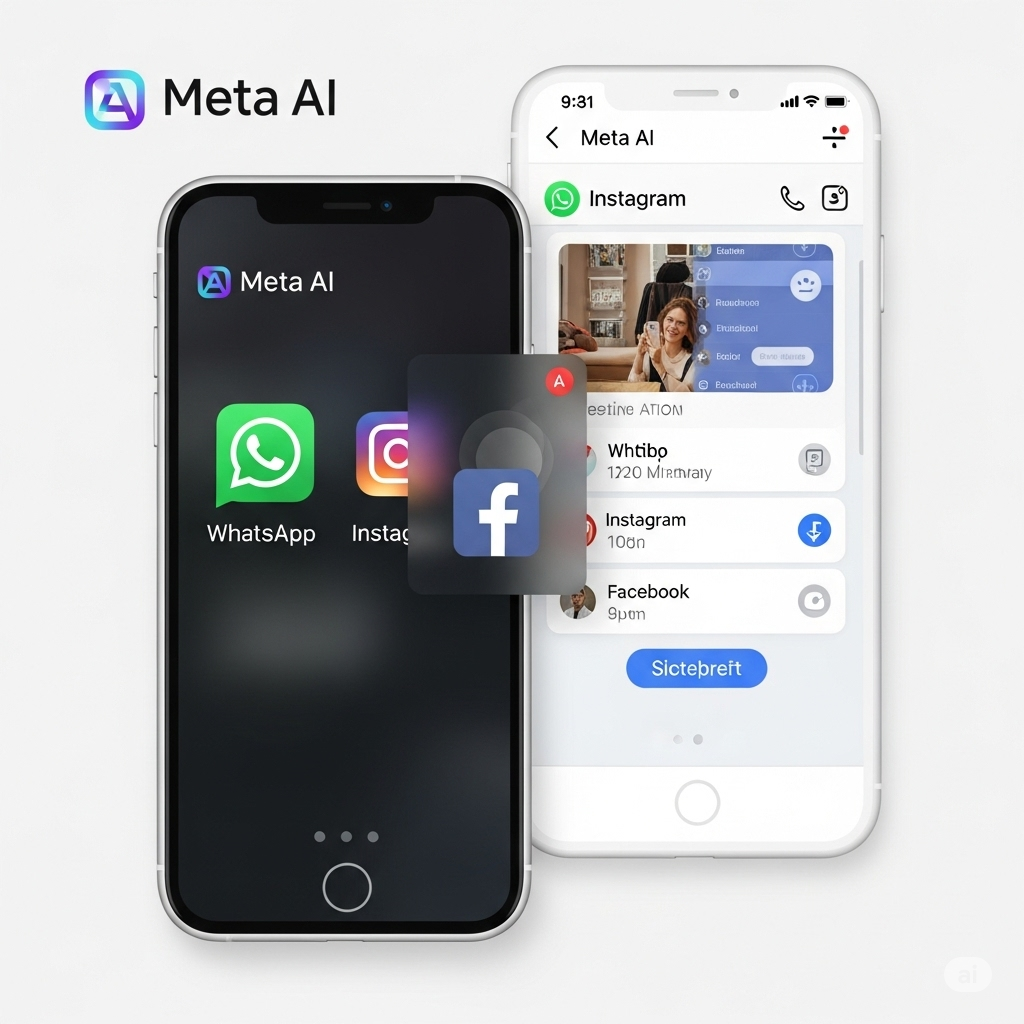
Meta’s Research Muscle
Meta AI (or FAIR—Facebook AI Research) is a research powerhouse. They’ve released:
- Segment Anything Model (SAM): Cuts images with precision.
- DINOv2: Boosts computer vision accuracy by 20% in 2025 tests.
- Audiocraft: Generates music I’ve used for my YouTube videos.
These innovations show Meta’s commitment to pushing AI boundaries.
y digital behavior makes Meta AI the most accessible AI assistant in the world right now.
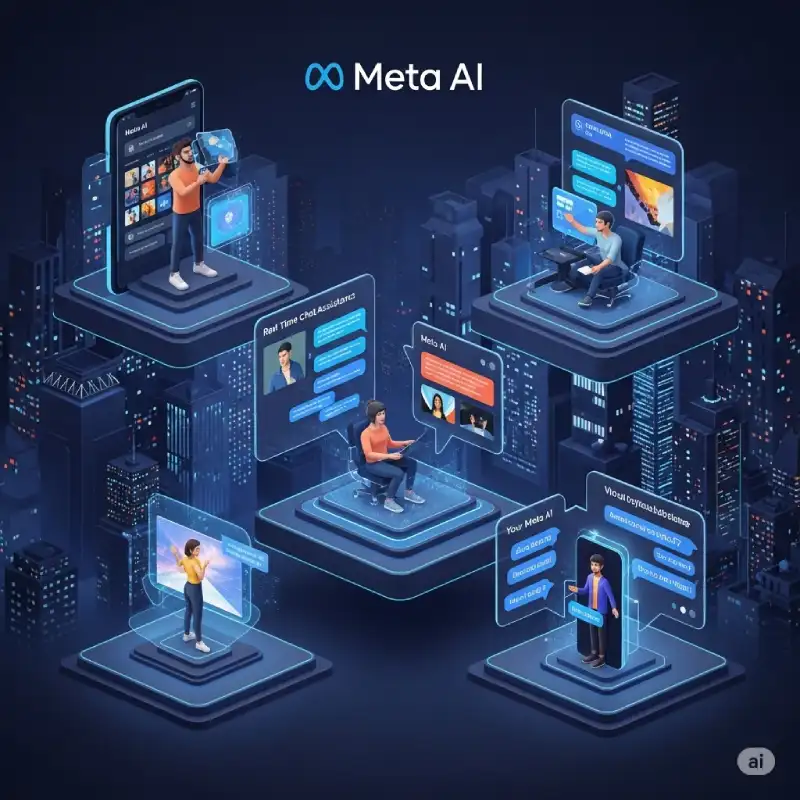
Meta AI vs. ChatGPT: Head-to-Head
| Feature | Meta AI | ChatGPT (OpenAI) |
|---|---|---|
| Integration | WhatsApp, Instagram, Facebook | Web app, mobile app |
| Ease of Access | Built-in, no login needed | Requires login/interface |
| Use Cases | Quick replies, image gen | Coding, research, long content |
| Learning Curve | Minimal | Medium (prompt tuning) |
| Free Usage | Free in apps | GPT-4 behind paywall ($20/mo) |
My Take: For daily chats, Meta AI wins. For deep work, ChatGPT’s my go-to.
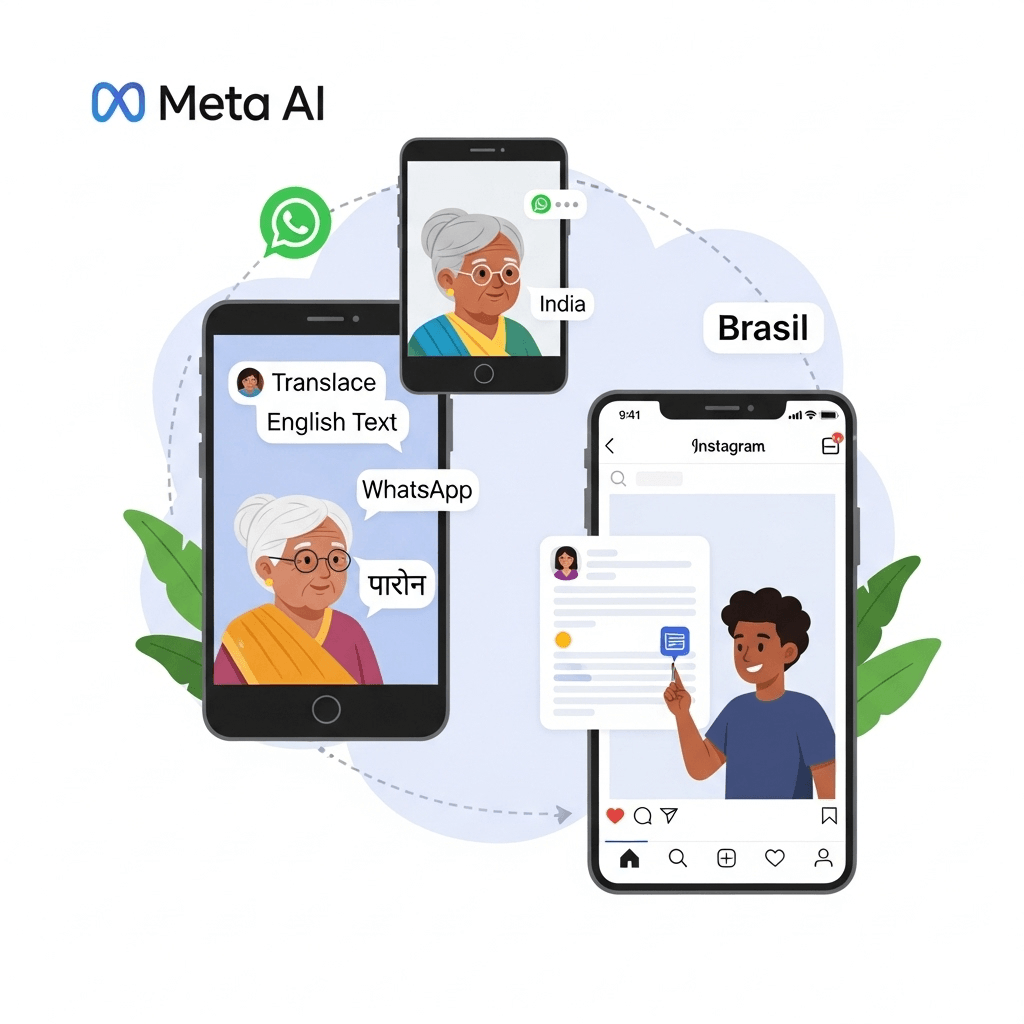
Why Meta AI Rocks for Daily Use
I love how Meta AI pops up where I’m already active. Chatting on WhatsApp? It suggests a witty reply. Scrolling Instagram? It explains a trend. ChatGPT feels like a separate task—I have to stop what I’m doing. Meta AI’s context-awareness (e.g., reading a chat’s tone) is a bonus I didn’t expect.
When ChatGPT Takes the Lead
If you’re coding a website or writing a 10-page report, ChatGPT’s depth shines. Meta AI isn’t there yet for technical or professional heavy lifting.
Digging Deeper: Meta AI’s Unique Tech
Data Edge: Meta’s 3.5 billion users provide a live dataset, unlike ChatGPT’s static training.
LLaMA 3 Efficiency: Uses 50% less compute than GPT-4 for similar tasks, per Meta’s June 2025 benchmark.
Multimodal Magic: I generated an image and caption in one go on Instagram—ChatGPT can’t do that natively.
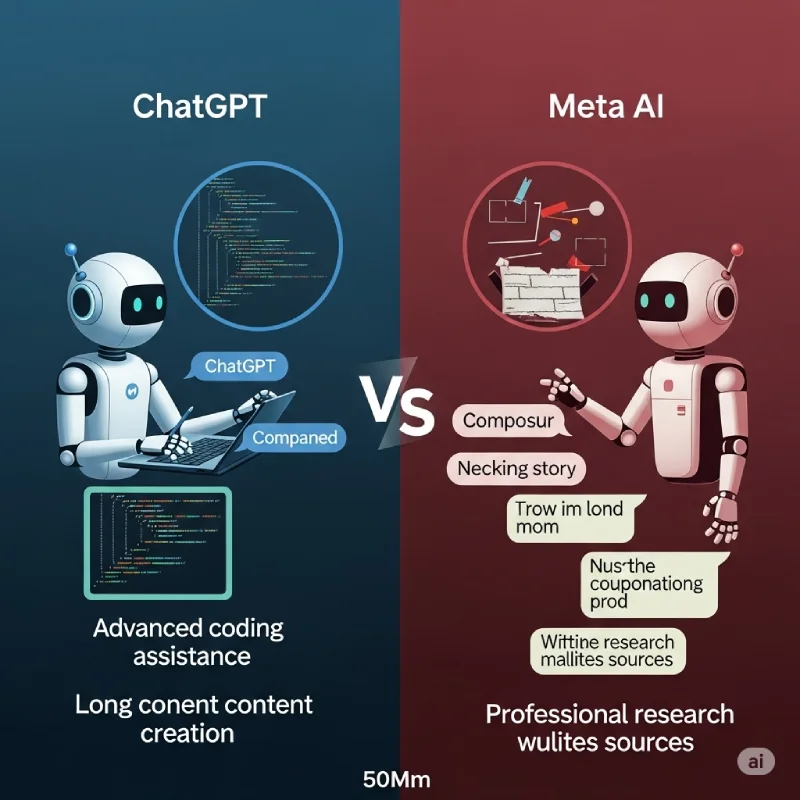
How Meta AI Could Shape the Future
Meta’s vision is bold: free AI for all, embedded in our lives, and key to the metaverse. Their open-source push could democratize AI, while their data and infrastructure give them an edge. But privacy concerns linger—Meta’s data use is under scrutiny, with a 2025 EU review pending.
Ecosystem Integration and Diverse Applications
Meta AI has the unique potential to be deeply integrated within the company’s existing suite of products and services.
- AI-Powered Product Enhancement: Meta can seamlessly incorporate its AI directly into platforms like Facebook, Instagram, and WhatsApp, delivering novel and enhanced user experiences. Examples include AI-driven content creation tools or more intelligent search functionalities.
- Long-Term Vision in the Metaverse: Meta’s long-term vision encompasses the metaverse, where AI is poised to play a pivotal role. AI models can power more realistic avatars, enhance interactions within virtual worlds, and facilitate the creation of entirely new metaverse experiences.
Trends to Watch
- Open-Source Rise: LLaMA’s community is growing, with 10,000+ contributors by June 2025.
- Social-AI Blend: Expect more AI features in feeds and chats.
- Multimodal Boom: Unified text-image-audio models are coming.
Practical Tips to Use Meta AI
- Quick Questions: Type “@Meta AI” in WhatsApp for instant answers.
- Image Fun: Use “/imagine” on Instagram for creative images.
- Stay Safe: Avoid sharing sensitive data—stick to public queries.
- Explore Metaverse: Try Meta’s VR apps to see AI in action.
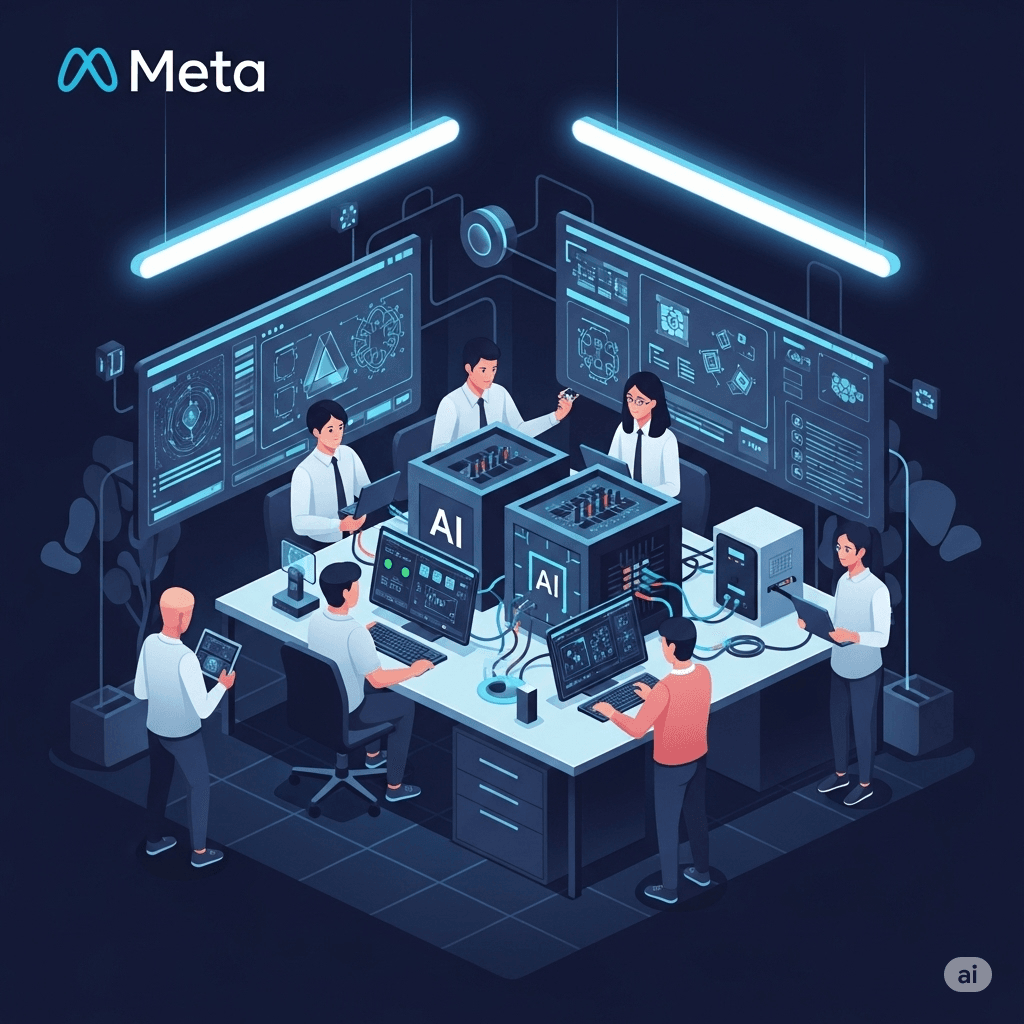
Meta AI vs ChatGPT
| Feature | Meta AI | ChatGPT (OpenAI) |
|---|---|---|
| Integration | WhatsApp, Instagram, Facebook | Web app, standalone mobile app |
| Ease of Access | Built-in in social media platforms | Separate login, interface needed |
| Use Cases | Quick replies, image generation, info within chats | Content creation, coding, research |
| Learning Curve | Minimal – plug-and-play | Medium – users learn prompt writing |
| Free Usage | Available free within apps | GPT-4 mostly behind paywall |
Why Is Meta AI Better Than ChatGPT for Daily Use?
Meta AI’s biggest strength lies not in its model, but in its placement. Instead of asking users to open a new app or website, Meta AI comes to them—right inside WhatsApp, Instagram, and Facebook.
ChatGPT requires switching context – you need to open another tab or app.
Meta AI is context-aware – you can ask it about a post, chat, or reel while using the platform.
Specific Strengths & Features of Meta AI
Meta AI is not just another chatbot—it’s a research-driven, open-source, and deeply integrated AI system that stands out from competitors like ChatGPT and Google Gemini. Below are some specific strengths and technologies that provide Meta AI with a unique advantage.
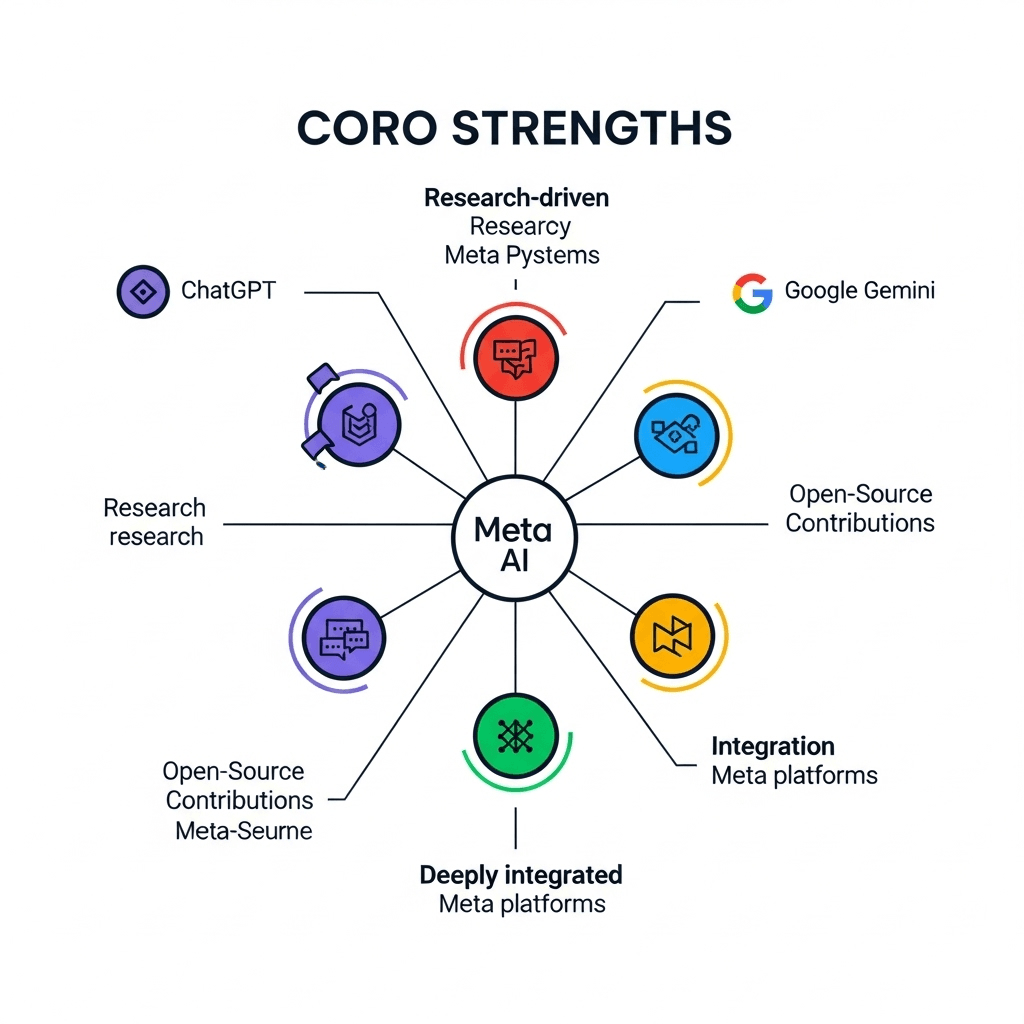
Open-Source Advantage: LLaMA Models
Meta AI is built on the LLaMA (Large Language Model Meta AI) family of models, which are open-source. This offers several key benefits:
- Developers and researchers across the world can freely use and modify the models.
- Innovation happens faster due to global community contributions.
- It provides transparency, as the architecture and weights are publicly available—unlike OpenAI’s GPT models, which are closed-source.
Table: Strengths & Features of Meta AI
| Advantage | Description |
|---|---|
| Open-source foundation | Built on transparent and community-driven LLaMA models |
| Efficient vs GPT | Lightweight, cost-effective, multilingual, and scalable |
| Unique data advantage | Real-world data from billions of users across Meta platforms |
| Cutting-edge research | Pioneering work in language, vision, audio, and AI architecture |
| Ecosystem integration | Deeply embedded in WhatsApp, Instagram, Facebook, etc. |
Future Impact & Strategic Implications
As Meta AI rapidly expands across platforms and evolves through open-source innovation, many users and industry watchers are now asking: What does this mean for the future of AI? Below, we explore how Meta’s current AI approach could shape the future of the tech industry—and possibly redefine leadership in the generative AI space.
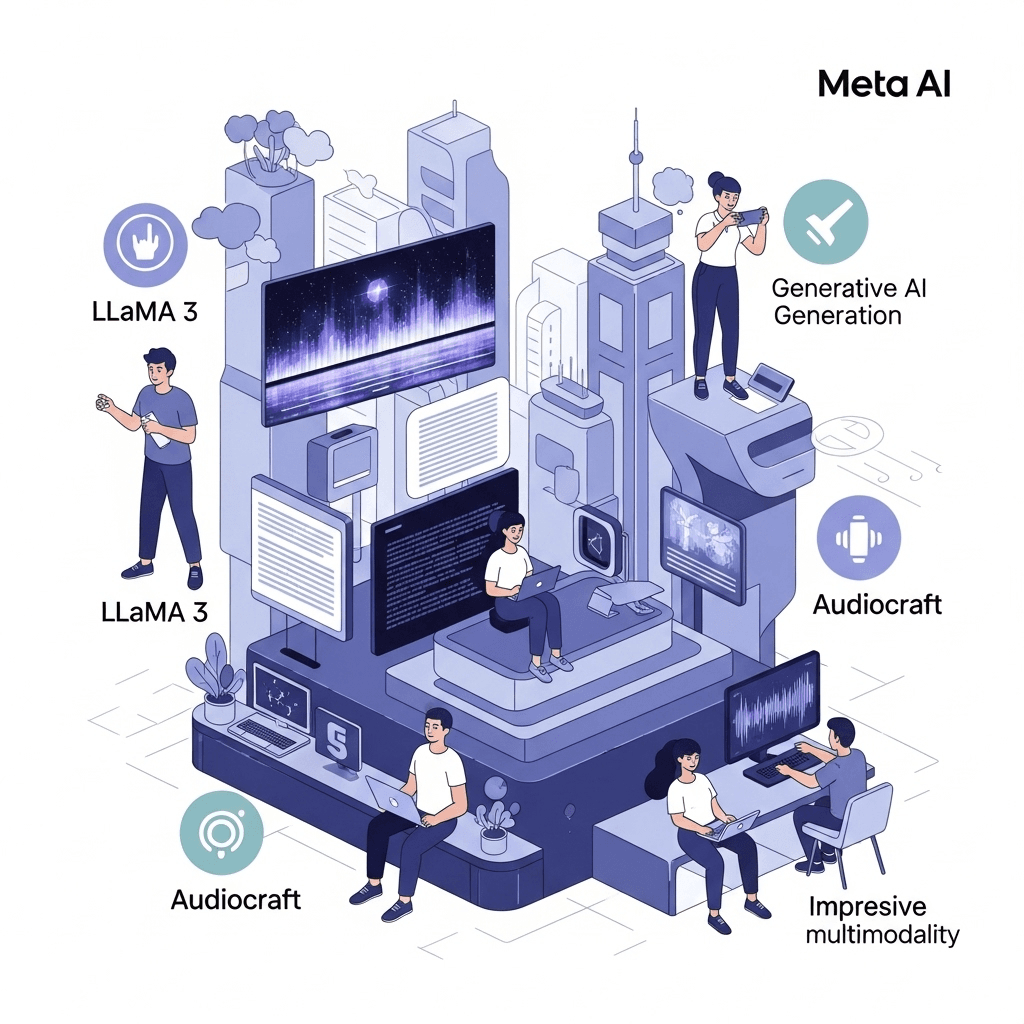
Meta’s Vision for the Future of AI
Meta isn’t just building a chatbot—it’s positioning itself as a global leader in open, socially integrated AI infrastructure. Mark Zuckerberg has emphasized that Meta AI will play a key role in the company’s long-term mission to build the next generation of intelligent assistants, creators, and immersive technologies (like the metaverse).
Their goals include:
- Making advanced AI freely available through open-source models like LLaMA.
- Embedding AI into everyday tools, from messaging apps to productivity platforms.
- Creating a decentralized, community-driven AI ecosystem that rivals corporate-locked solutions.
Impact on the Generative AI Landscape
Meta AI is pushing boundaries in several areas of generative AI:
- Text: LLaMA 3 offers competitive performance against GPT-4, particularly in multilingual and long-context tasks.
- Vision: Meta’s image and video generation tools are integrated directly into Instagram and Facebook.
- Audio: With projects like Audiocraft, Meta is expanding into music and speech generation.
- Multimodality: Meta is working toward unified models that handle text, image, video, and audio seamlessly.
This integrated approach could redefine how generative AI is developed and consumed—not just in labs or chatbots, but across social and creative platforms used by billions.
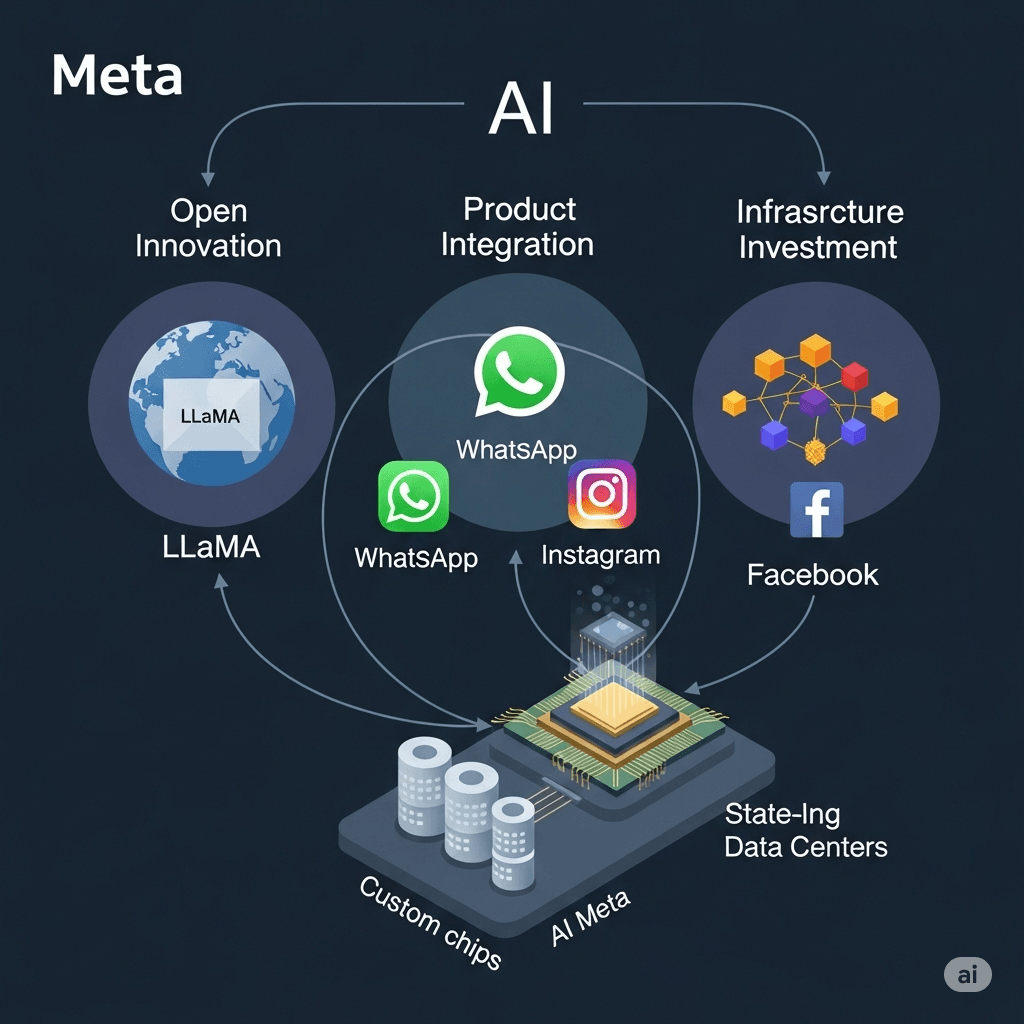
Could Meta AI Dominate the AI Market?
Meta AI has significant advantages:
- A massive distribution network (over 3 billion monthly active users across its apps).
- World-class AI research labs and real-time feedback loops from actual user interactions.
- A rapidly growing open-source developer community that helps scale improvements.
However, dominance isn’t guaranteed. Challenges include:
- Privacy concerns: As Meta integrates AI into personal messaging and social media, it faces heavy scrutiny over data usage.
- Competition: OpenAI, Google (Gemini), and Anthropic are aggressively advancing their own platforms.
Still, Meta’s combination of scale, openness, and integration gives it a strong position to lead—especially in consumer AI applications.
Applications in Social Media
Meta AI powers many behind-the-scenes and user-facing features across Facebook, Instagram, and WhatsApp, such as:
- Content generation: Automatic captioning, story suggestions, and creative tools on Instagram.
- Moderation and safety: AI filters and flagging systems to detect harmful or inappropriate content faster.
- Enhanced messaging: Smart replies, chatbots, and translation features on WhatsApp and Messenger.
- Personalized recommendations: AI-driven feeds and ad targeting that optimize user engagement.
These applications improve user experience by making interactions faster, more relevant, and safer.
Business Uses of Meta AI
Beyond consumer applications, Meta AI offers several business benefits:
- Customer service automation: Chatbots powered by Meta AI can handle complex queries with social context awareness.
- Content creation: Automated generation of marketing copy, social posts, and visual assets at scale.
- Data analysis: AI models that analyze large volumes of social data to extract insights, sentiment analysis, and trends.
- Collaboration tools: Integration of AI assistants in workplace apps to improve productivity.
Businesses leveraging Meta AI can reduce costs, increase efficiency, and create more engaging experiences for customers.
Conclusion
Meta AI isn’t here to replace ChatGPT—it complements it. For quick, everyday help, its accessibility and integration are unbeatable. For deep tasks, ChatGPT still leads. As someone who uses both, I see Meta AI as my daily buddy and ChatGPT as my project partner. What do you think? Try Meta AI today on WhatsApp or Instagram and let me know your experience!


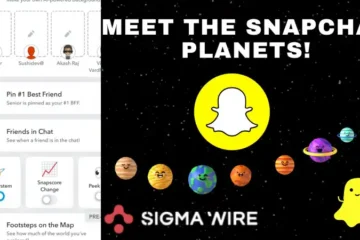
I do not trust Meta for anything. It is a supporter of the fascist regime and will act accordingly.
personally i also
Hi there, this weekend is pleasant for me, since this occasion i am reading this great informative piece of writing here at my home.